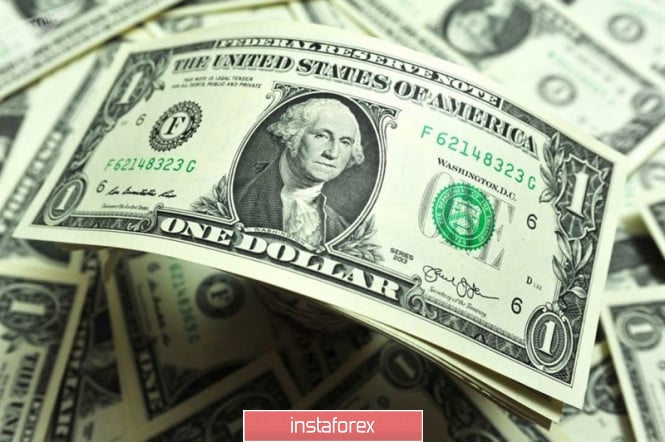
Contrary to the expectations of many experts, the US currency was marked as the best start since 2015.
Since the end of December, the USD index has grown by more than 2%, reaching three-year highs in the region of 99 points.
After touching these levels in September – October last year, the greenback reversed several times to decline. However, this time we can see further strengthening of the dollar in the region of 100-103. This will mean a return to the peak levels of 2016-2017. Then the USD index spent a little more than a quarter near thirteen-year highs before turning around to decline.
A similar story happens with the main currency pair. Sifting below 1.0880 last week, it returned to April 2017 levels. From current levels, the next important milestones on the path to pull down EUR/USD are 1.0730, 1.0500, 1.0340.
The first mark will close the gap in the pair that formed in connection with the presidential election in France, when the risks of coming to power of the leader of the right-wing National Front Marine Le Pen disappeared. The second mark represents the last round psychological level before the parity of the euro against the US dollar. The third is the lowest value of EUR/USD in January 2017, when the single European currency dropped at low trading volumes in the first days of the year.
The fall of EUR/USD below 1.0340 will return it to the levels of 2002. These were the times when the ECB supported the euro in the early years of its existence. Then the level of confidence in the single European currency was extremely low.
On the part of fundamental indicators, there are no special obstacles to pulling down EUR/USD. In the fourth quarter, the eurozone economy slowed down to 0.9% year on year against a healthy 2.3% in the United States.
A wide range of statistical data indicates that the ECB needs to scale the monetary rate on a large scale in order to comply with the Fed's monetary policy. All these are arguments in favor of further strengthening of the dollar. However, there are arguments against it. This is the head of the White House, Donald Trump.
The US president has repeatedly spoken out in favor of easing the monetary policy of the Federal Reserve, thereby intending to weaken the greenback's position and support exports. The issue related to the exchange rates of national currencies was actively discussed at the trade talks of Washington and Beijing. Now it can become one of the cornerstones in similar negotiations between the US and the EU, which Trump outlined for this year.
There have already been precedents in the history of the United States when they forced the whole world to support, or at least not interfere, the weakening of the USD. This is the rejection of the gold standard in the early 1970s, the Plaza Accord agreement in the 1980s, and the intervention of central European banks at the dawn of the 2000s.
It is believed that the weakening of the greenback is beneficial to the global economy, whose growth rate is increasing in response to the desire of the markets to put dollars in business, rather than deposit them into US Treasury securities. This could be a good argument for Washington to convince Europe and the rest of the world of the need to stop the strengthening of the USD when it seems that it has become excessive.
The material has been provided by InstaForex Company - www.instaforex.com